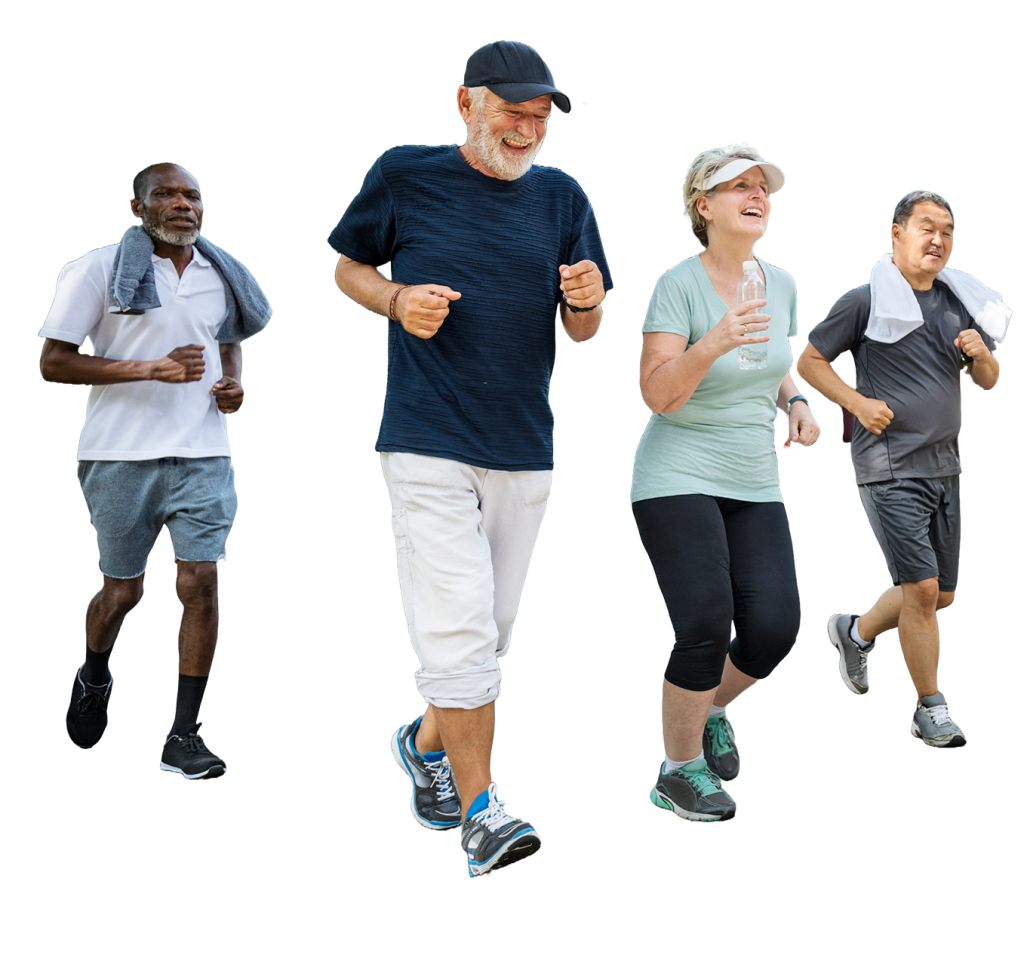
No Referral Necessary. Request an Appointment Today!
Franklin Rehabilitation’s mission is to provide high quality one-on-one patient care in an environment that promotes wellness and improves the lives of those we treat.
These days, where you go for physical therapy is up to you. Choosing the right provider can make the difference between fast recovery and a frustrating experience.
We specialize in hands-on therapy for injuries from car or work accidents, low back and neck injuries, sports injuries, and just about any other pain that is keeping you from enjoying life.
We recently changed bill pay providers. Please click the button for the date of your appointment to be directed to the correct online payment portal.